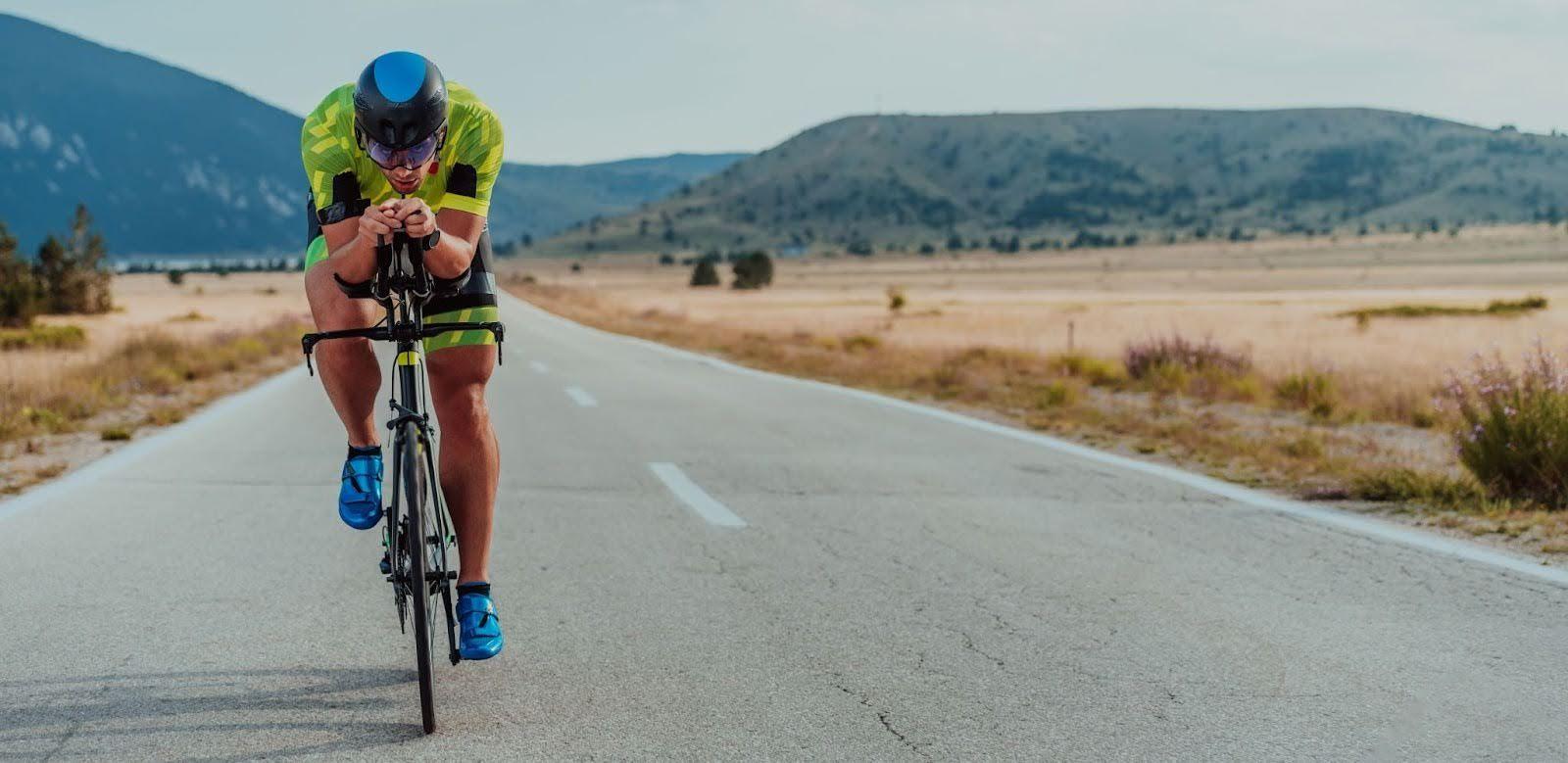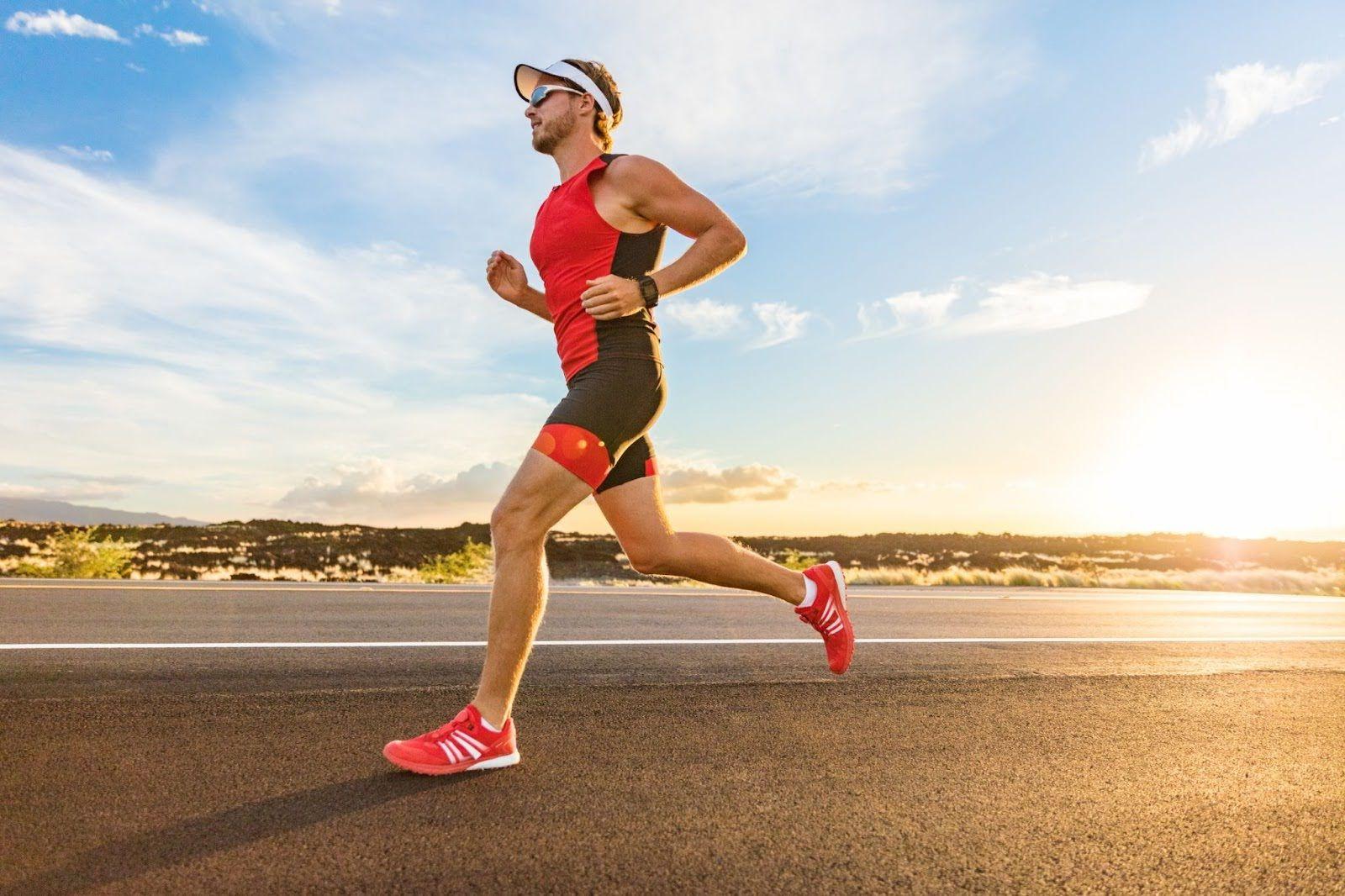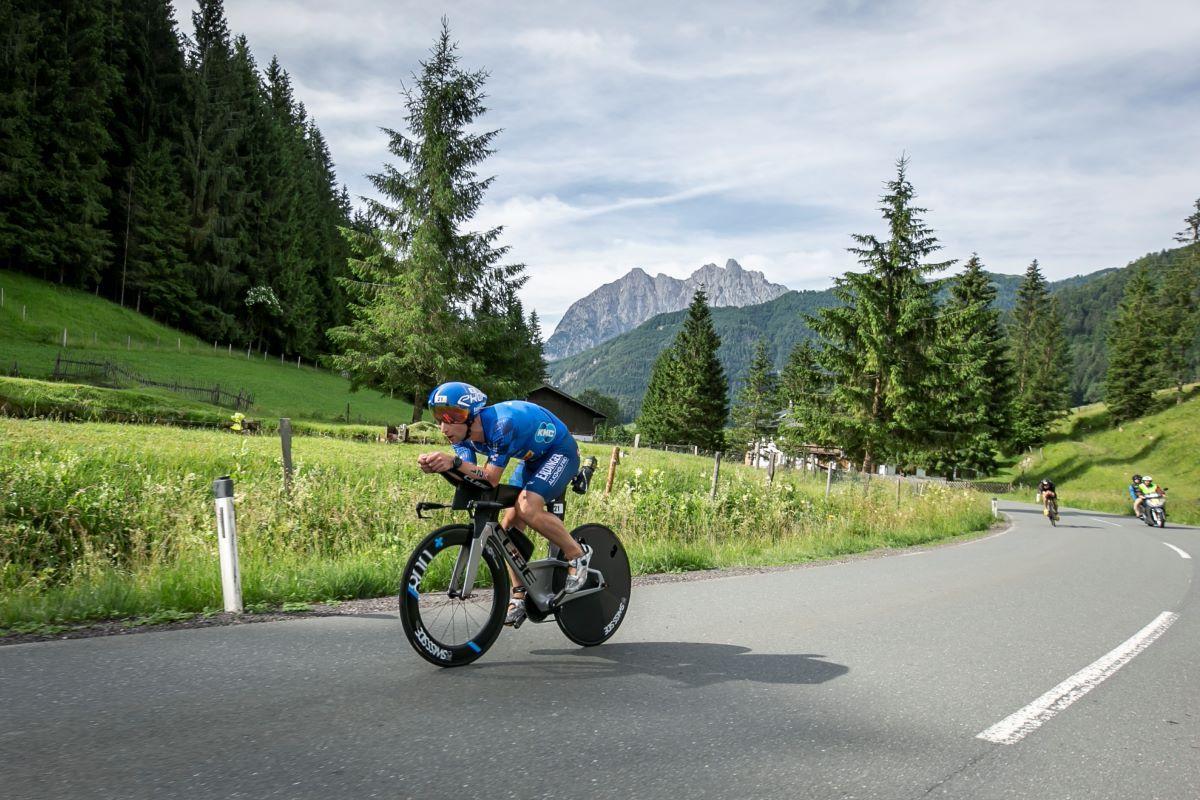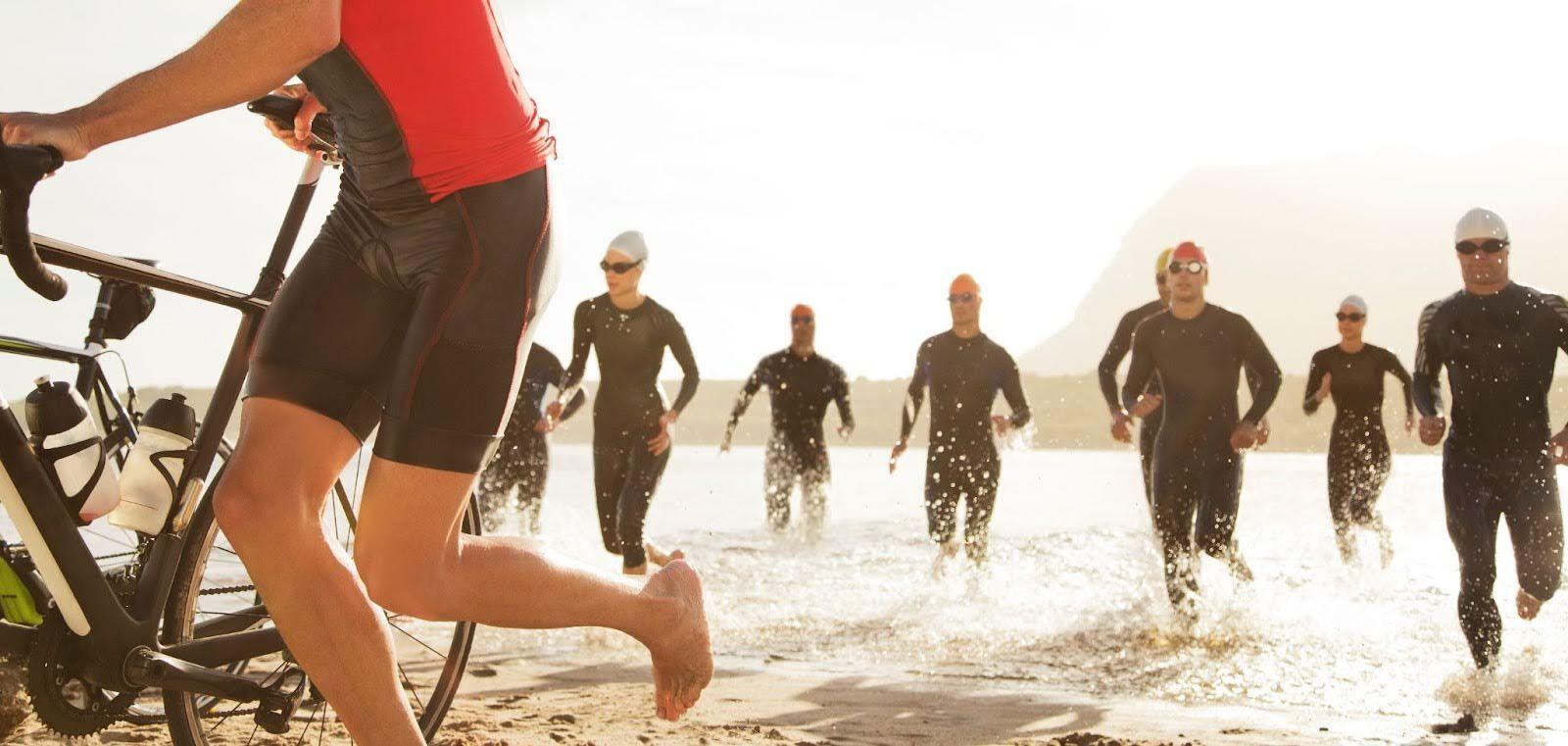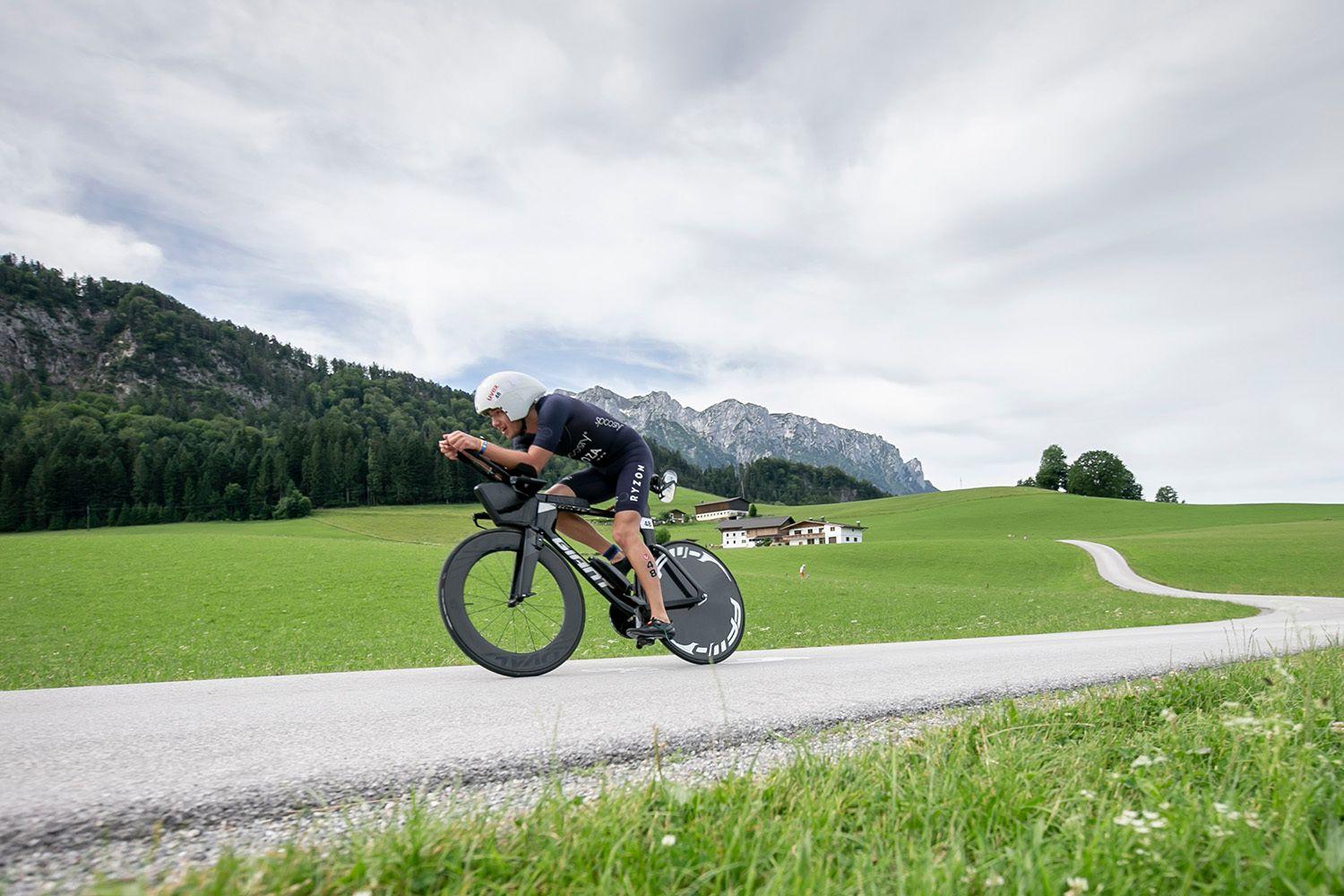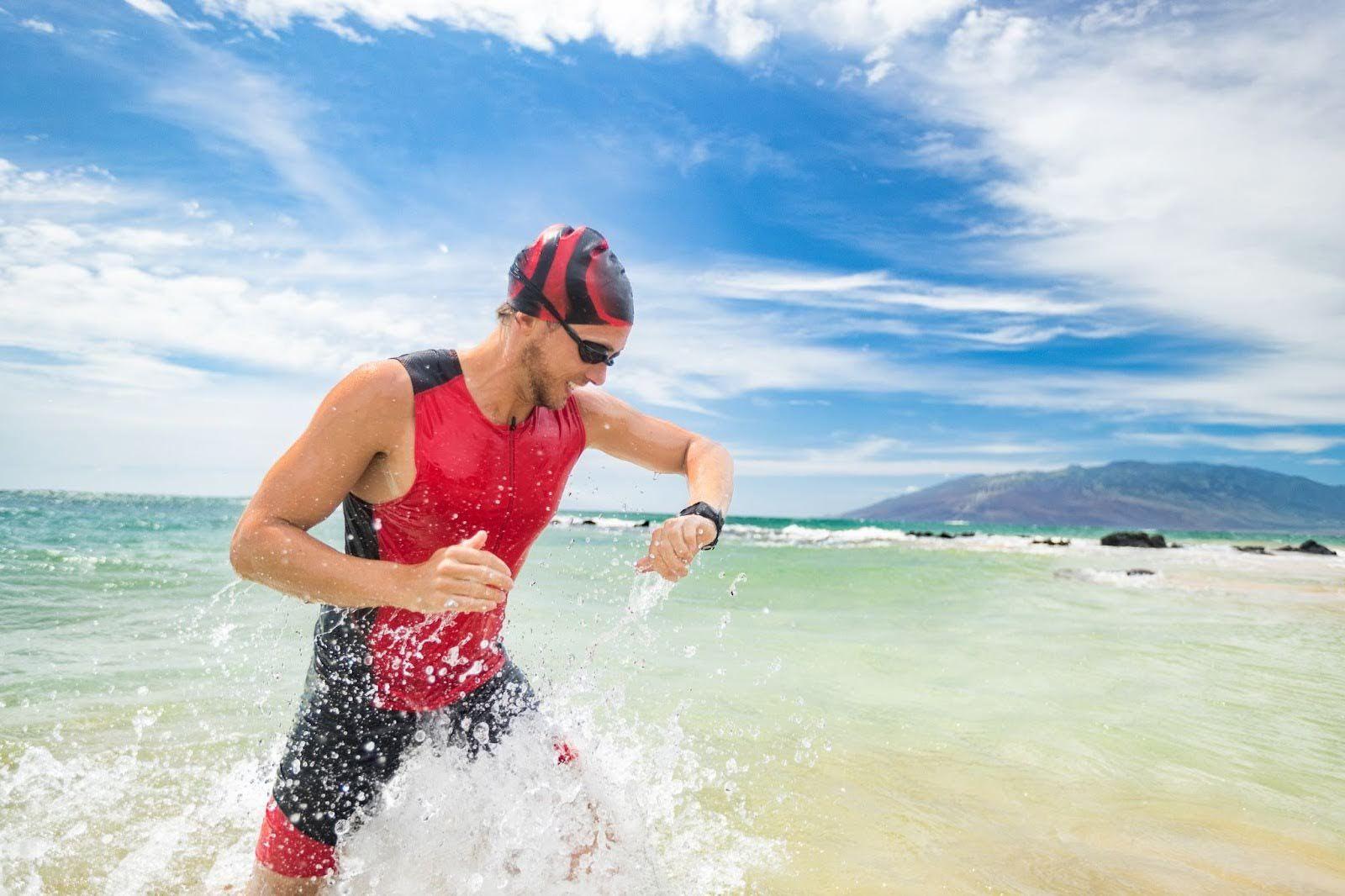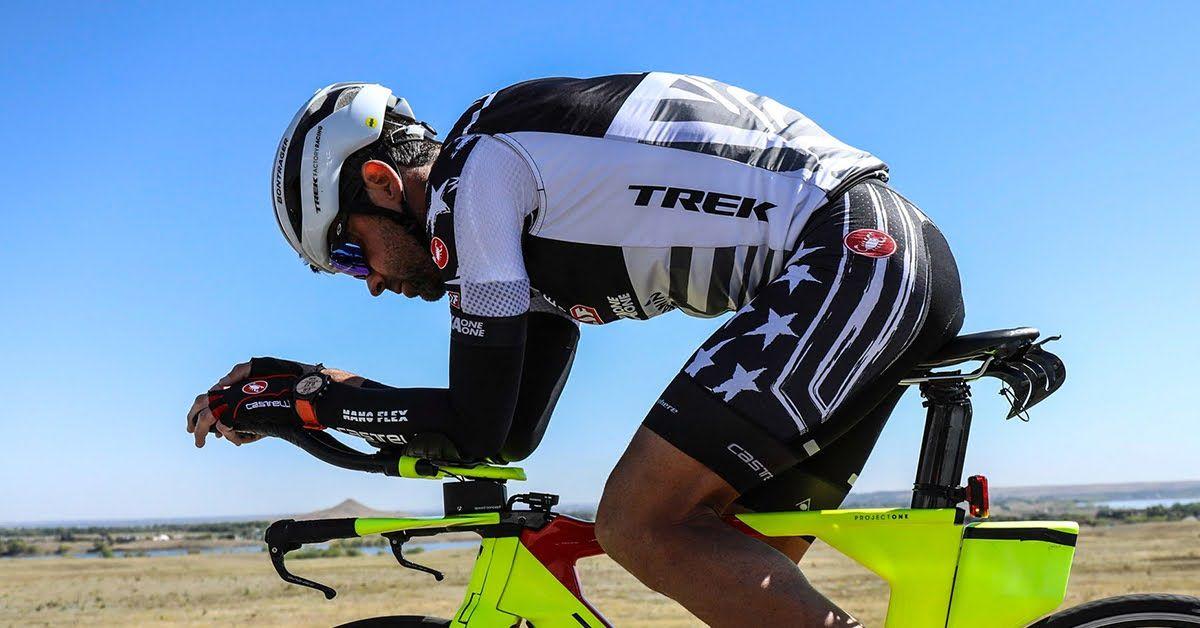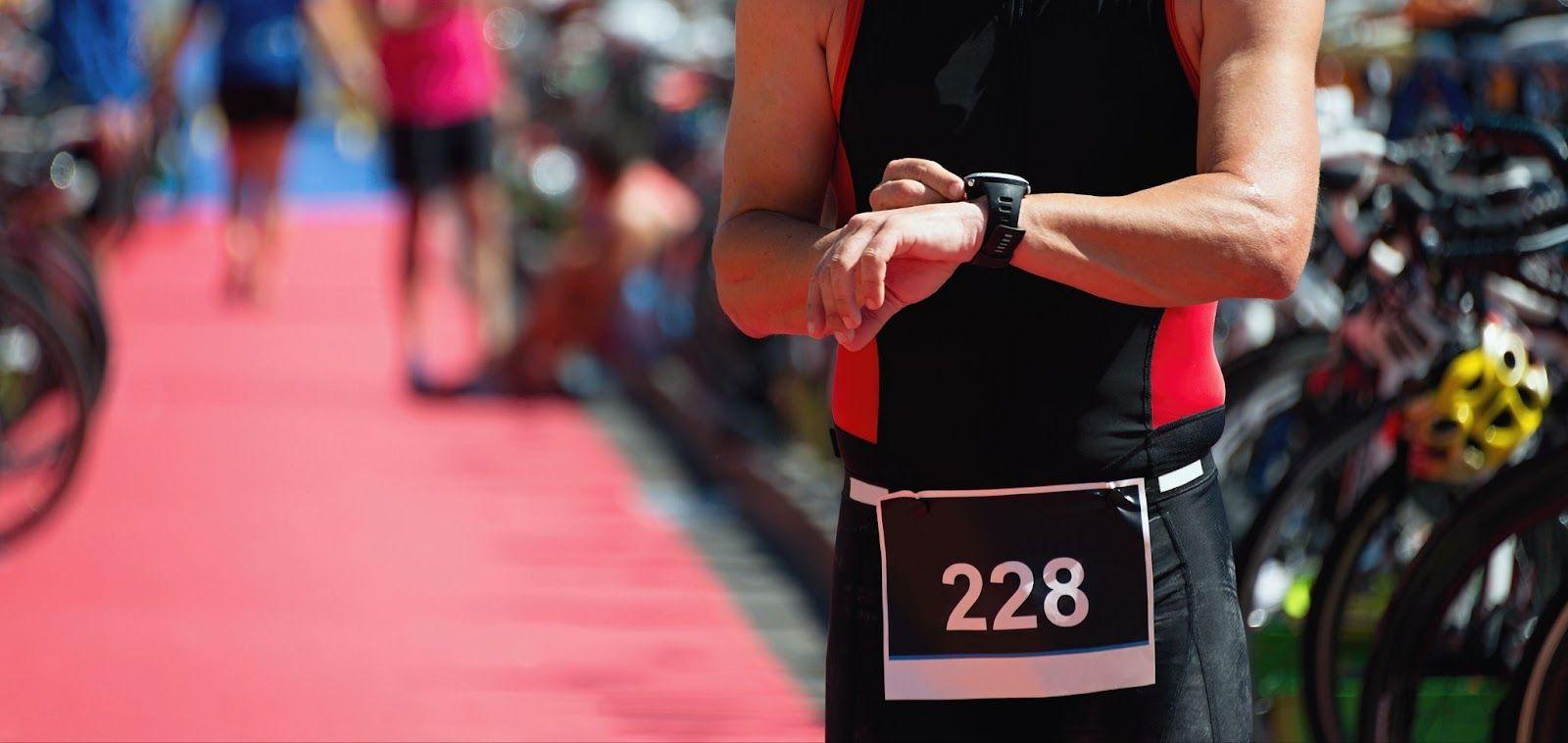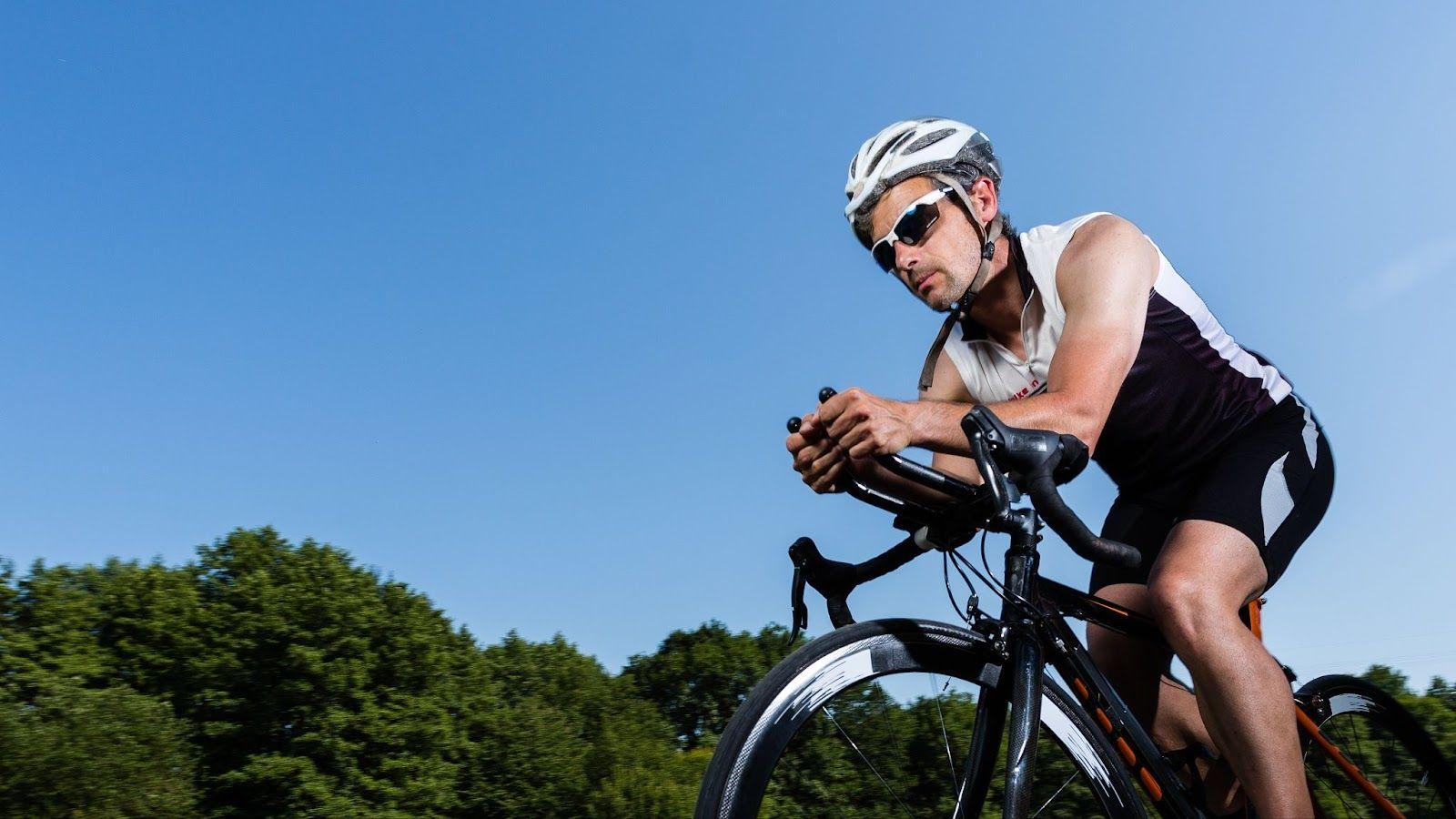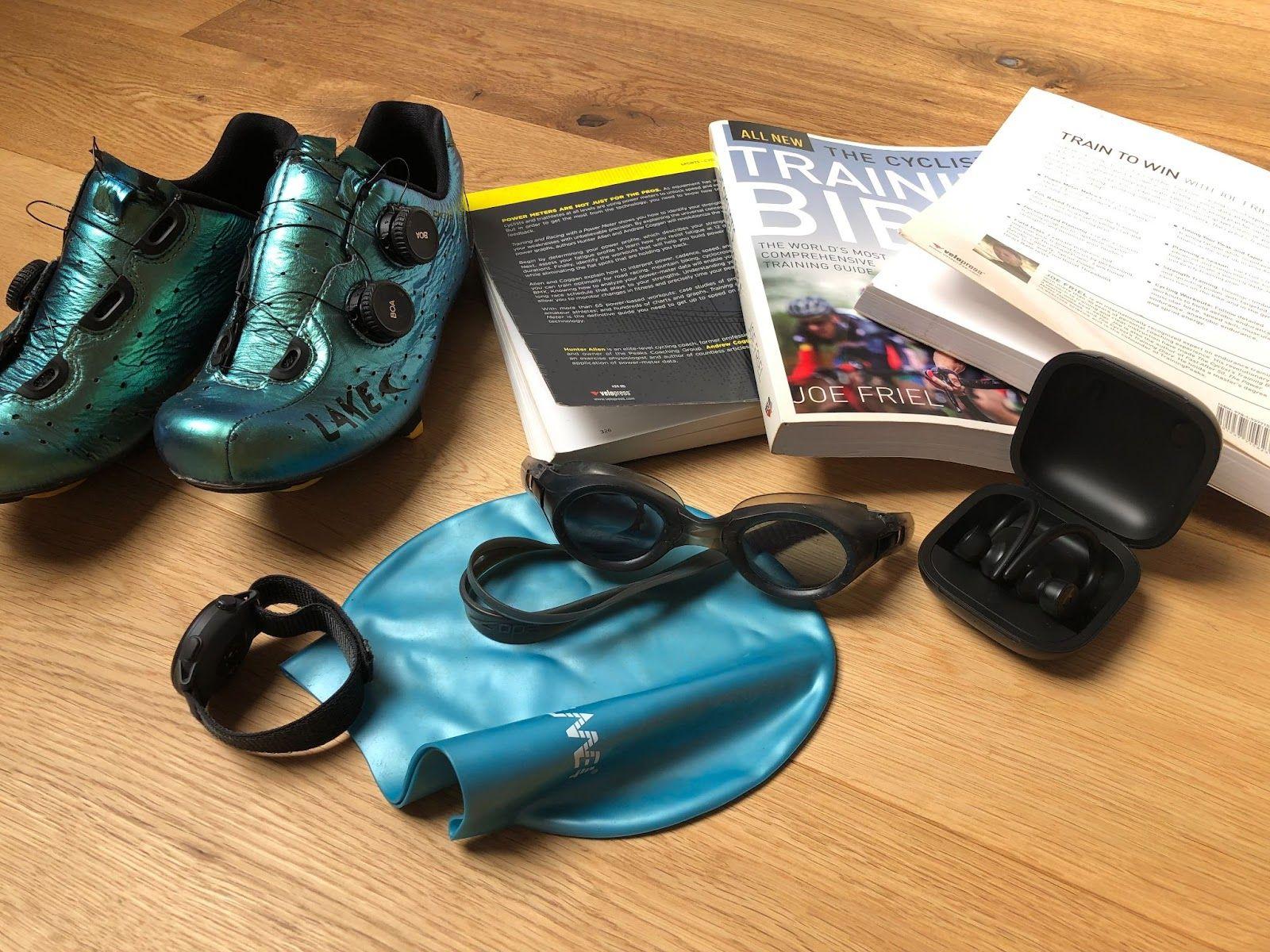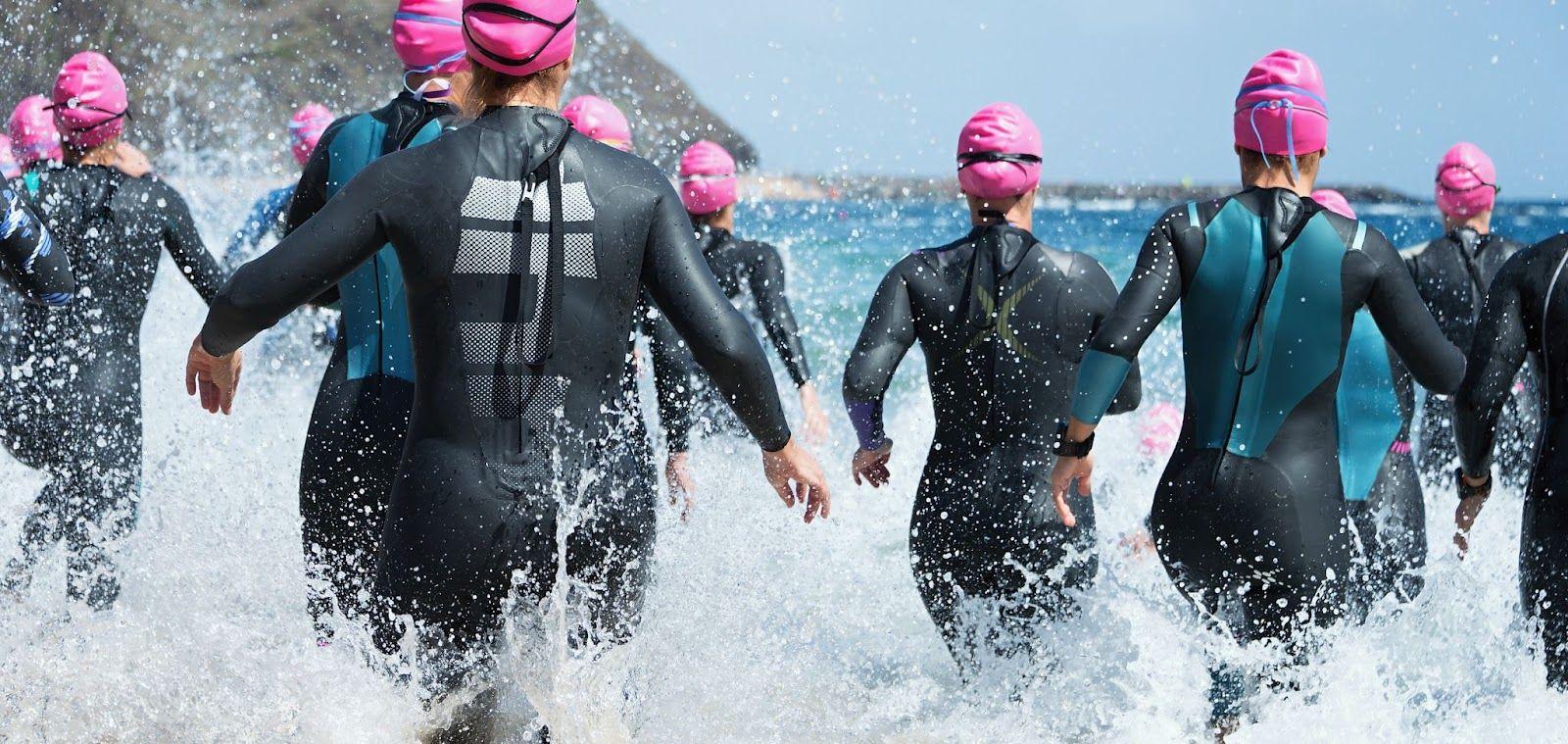What’s a good triathlon time for beginners?
Before dwelling on the question “what’s a good triathlon time?” beginners should first focus on setting realistic goals that are achievable and motivating. When starting out, it’s all about finishing and gaining race experience, rather than worrying about fast times.
For Sprint triathlons, a good beginner triathlon time is 1:30-2 hours. This is a manageable-but-challenging target that beginners should be able to hit with dedicated, consistent training.
Olympic-distance triathlon newbies should aim for 3-3:30 hours. This distance requires a bit more strategy, with pacing and nutrition becoming more important to keep energy levels up throughout the race. Completing an Olympic-distance triathlon in 3:30 or less is a big deal for beginners, and sets you up for future progress.
Regarding the Sprint and Olympic times listed here, keep in mind that beginner performance varies greatly depending on age, gender, athletic background and training commitment. Younger athletes will generally go faster due to quicker recovery and physical resilience, while older athletes can also post impressive times by focusing on consistency and smart training.
Ultimately a satisfying beginner triathlon time is one that reflects steady effort, consistent training and a realistic, structured approach to racing. Hitting your initial targets will not only give you confidence but also a clear pathway to set more challenging targets in future races.
Factors that affect IRONMAN times
Several factors impact triathlon race times and understanding these will help you optimize your performance. Training quality and consistency is the foundation, of course. Structured training programs with balanced workouts across swimming, cycling and running will outperform irregular, intense sessions. Regularity will help build endurance, strength and efficient technique for sustained gains.
When choosing your first event, remember that course conditions play a big role, including terrain, weather and environmental factors. Tough courses with hills, sharp turns or strong winds will slow you down. Extreme temperatures (hot or cold) will affect your energy levels and hydration strategy and therefore your overall time, so factor this in when setting your goals.
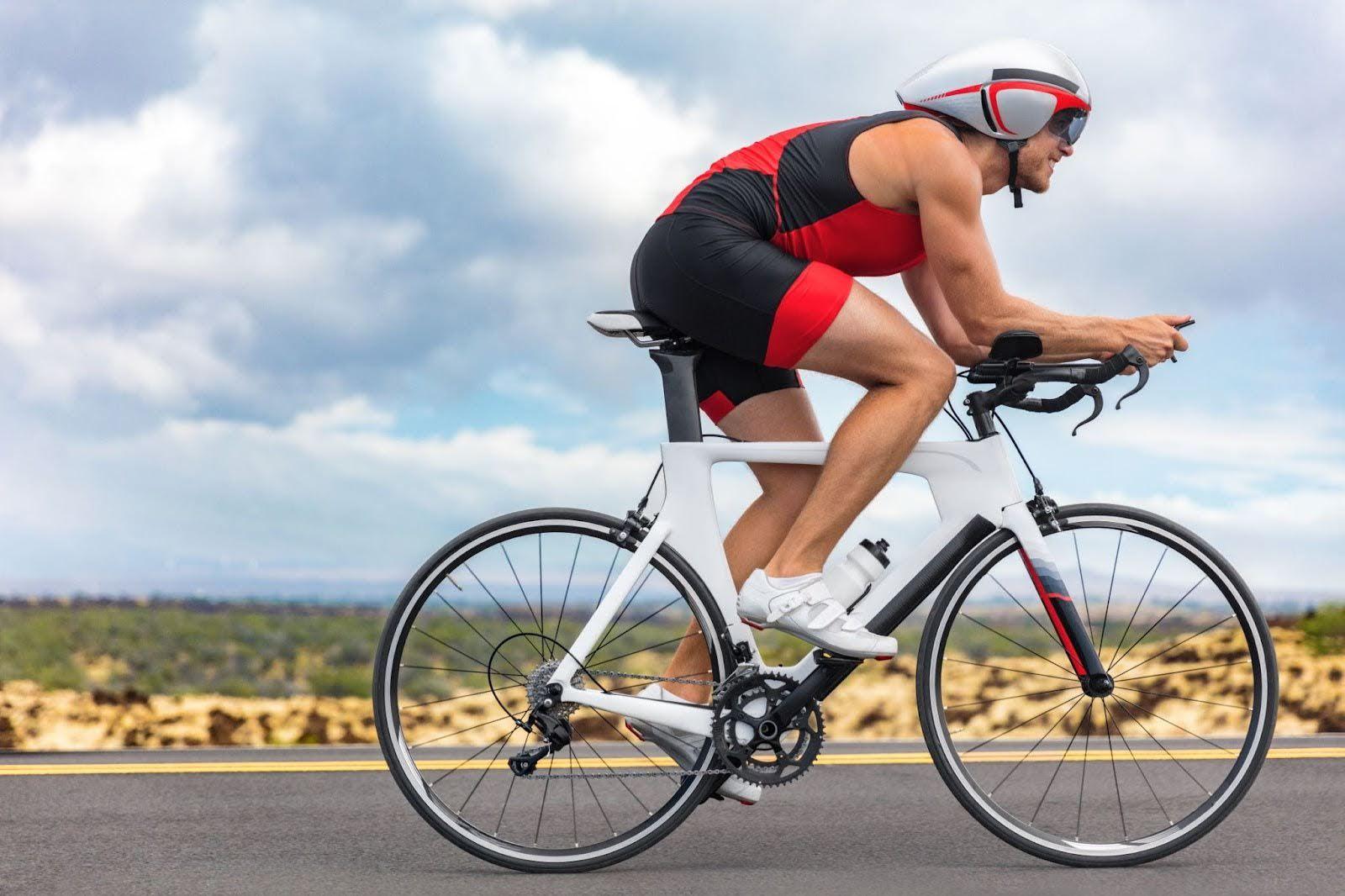
Equipment and gear choices also impact performance. Aerodynamic cycling equipment, efficient wetsuits and the right running shoes will reduce resistance and discomfort and therefore your splits. Tailoring your gear choices to your needs and the race conditions will give you big performance gains.
Race-day strategies, including pacing and nutrition, are another key to performance. Pacing strategies mean conserving energy across the swim, bike leg and run in order to avoid early fatigue. A well planned nutrition strategy means fueling and hydrating adequately throughout the race and avoiding performance-killing issues like cramps or energy crashes.
Tips: How to improve your triathlon time
Going faster involves structured training, strategic planning and mindful execution. Swimming improvements are driven by regular technique focused sessions that focus on efficiency, balance and breathing. Drills that improve stroke mechanics and open-water swimming will boost confidence and reduce race anxiety.
Running performance benefits from consistent mileage combined with targeted speed and endurance sessions. Interval training, tempo runs and Brick sessions (sessions that go straight from cycling to running) will develop muscular endurance and efficient running technique, especially important for the fatigued final segment of a triathlon.
For cycling, structured indoor sessions combined with outdoor long rides will give you big gains. Training platforms like the ROUVY indoor cycling appoffer interval workouts designed by coaches and even pro cyclists that are designed to build your power, endurance and pacing skills. Indoor training allows you to control intensity and effort precisely, so you can focus on improving your cycling.
Finally virtual training platforms like ROUVY make training even more effective by providing realistic indoor cycling experiences. ROUVY has more than 1,500 realistic routes filmed on location around the world – including virtual versions of official IRONMAN courses. Available exclusively on ROUVY, these IRONMAN routes are a great way to become familiar with the race course profiles and terrain.
Practicing transitioning from one discipline to the next is also a key element of improving your times. Efficient transitions save time between legs and require strategic planning and practice of quick gear changes and rapid movements. Practicing transitions regularly will reduce stress and improve your overall race day performance.
Common mistakes to avoid are insufficient recovery throughout your training, overtraining and poor nutrition. Prioritize rest and recovery, balance your nutrition, and manage your training intensity to continue to improve. Do this consistently and you’ll see big improvements and faster triathlon finishes.
Analyzing triathlon splits: Swim, bike, run
Analyzing triathlon splits is key to race strategy and pacing. Ideally, triathlon splits are 15-20 percent swim, 50 percent bike and 30-35 percent run, though this can vary slightly depending on your strengths and race distance. Beginners should focus on steady, manageable efforts in each discipline to avoid early burnout, especially in the swim and bike.
More experienced triathletes adjust their pacing across disciplines, playing to their strengths and managing their weaknesses. Swim splits can vary greatly between athletes due to technique and experience differences, bike splits have a big impact on overall time due to their length and speed potential. Run splits are influenced by the fatigue accumulated during the previous segments, so pacing is crucial.
Carefully balancing effort across all three segments ensures optimal energy distribution, reduces fatigue related decline and ultimately leads to better triathlon performance.
Triathlon training with the ROUVY indoor cycling platform
Given that cycling is the biggest part of any triathlon, indoor training on the ROUVY app can give triathletes a powerful secret weapon. With routes on six continents (including official IRONMAN and Challenge Family triathlon courses).
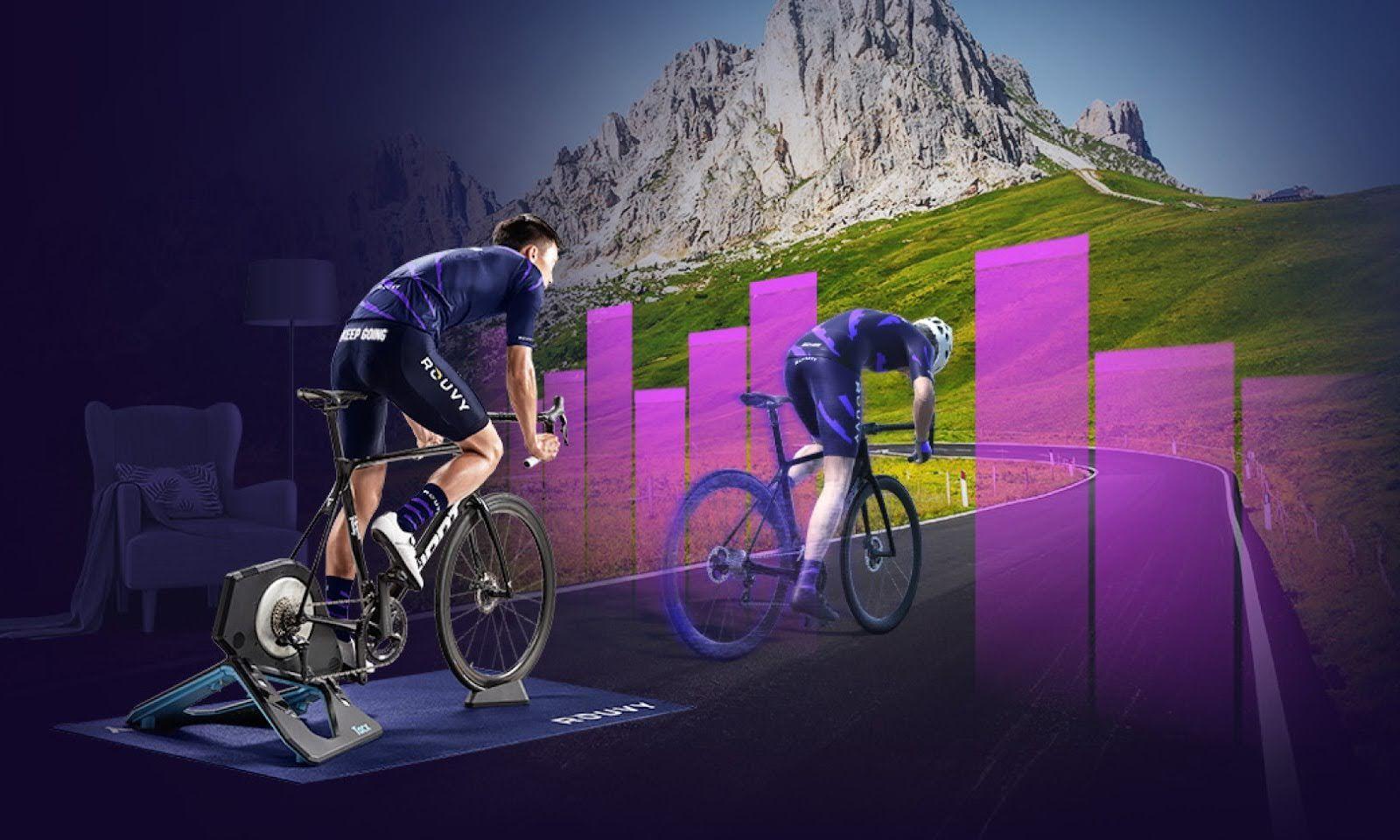
ROUVY lets you simulate realistic terrain and elevation profiles from the comfort of home. This level of specificity means you can train for your target event and make your preparation as race-specific as possible.
Interval workouts and structured training plans on ROUVY help triathletes build strength, endurance and aerobic capacity. These programs are designed by professional coaches, and even members of the Team Visma | Lease a Bike and Lidl-Trek pro cycling teams.
Additionally, ROUVY can track your performance metrics – such as cadence, power and heart rate – so you can monitor your progress and adjust intensity. And the ROUVY app syncs with all the leading fitness/training apps, including TriDot (the official coaching and training platform of IRONMAN), Strava, Wahoo, GARMIN Connect, TrainingPeaks, CoachCat, COROS, Final Surge, Humango, Intervals.icu, Map My Fitness, Relive, Ride With GPS, Suunto, Xert and Xhale.
And participating in ROUVY's races and events keeps you engaged with a global community of like-minded cyclists, which can help you stay consistent, engaged and motivated. Whether you're simulating a climb from an IRONMAN or competing in an online race, ROUVY makes indoor cycling an essential part of your triathlon training arsenal.
Conclusion
Knowing what’s a good triathlon time – in other words, having a realistic target to aim at – is the foundation for goal setting, tracking and overall satisfaction in the sport. Whether you’re doing your first Sprint or looking to improve your IRONMAN 70.3 average time, knowing the benchmarks for each distance guides your training.
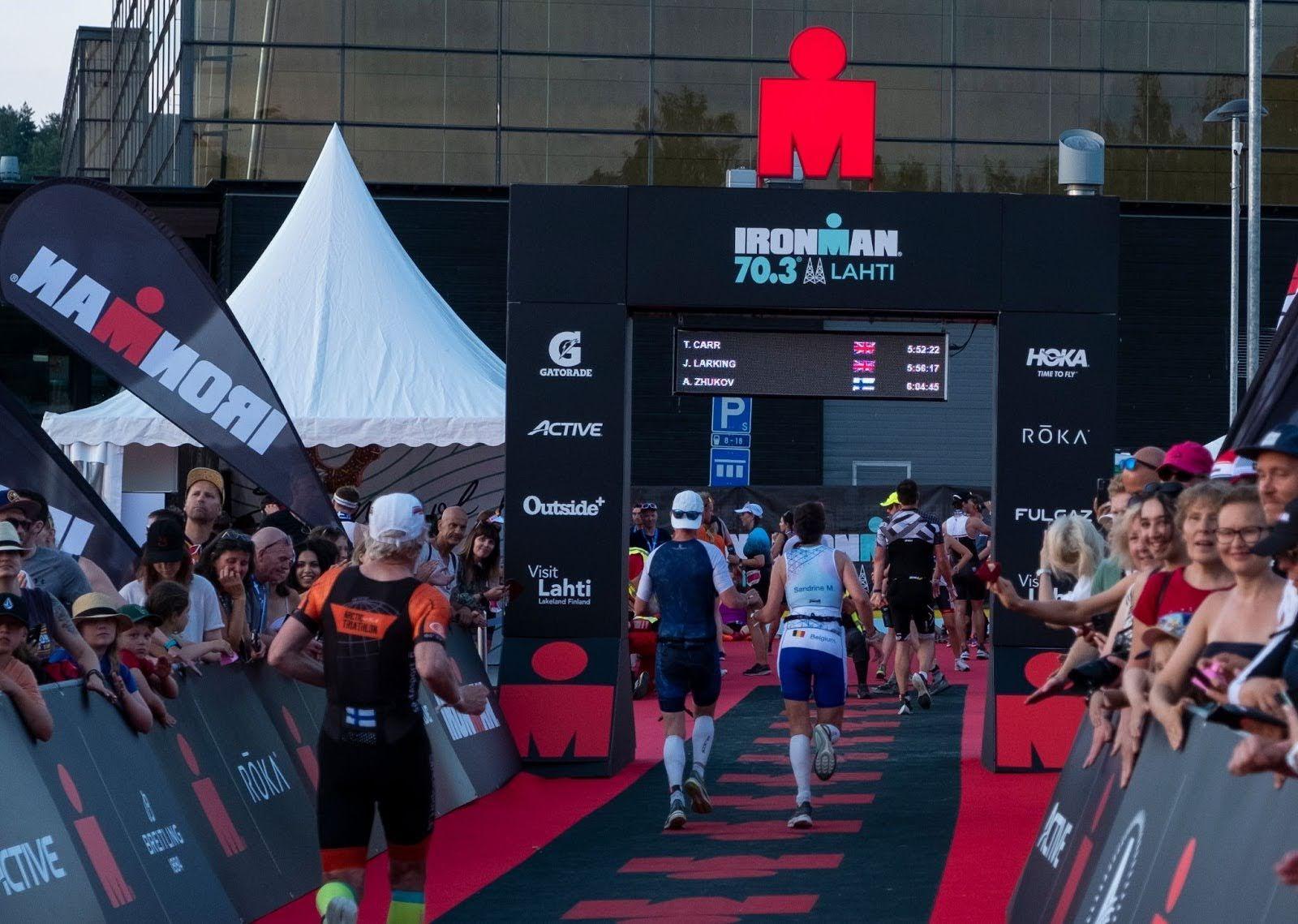
Every athlete’s journey is unique and progress comes from consistent effort, patience and smart preparation. With the right mindset, structured workouts and ROUVY, you can unlock your potential and reach your triathlon goals. Remember improvement is a process and celebrating every milestone along the way – no matter how small – builds the confidence and momentum to keep moving forward. Enjoy the process, stay focused and trust that every step you take gets you closer to your personal record.
